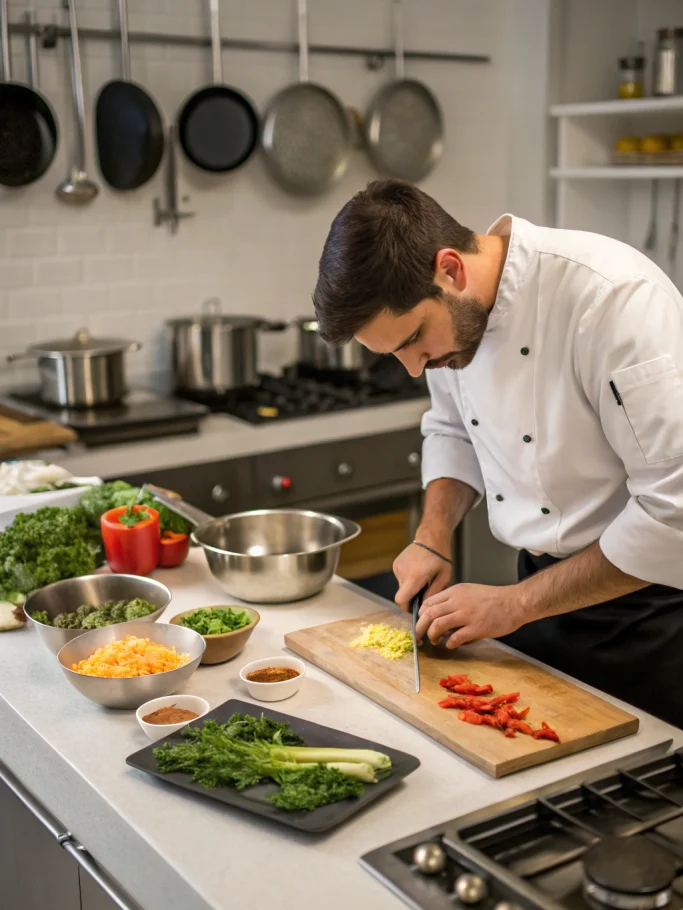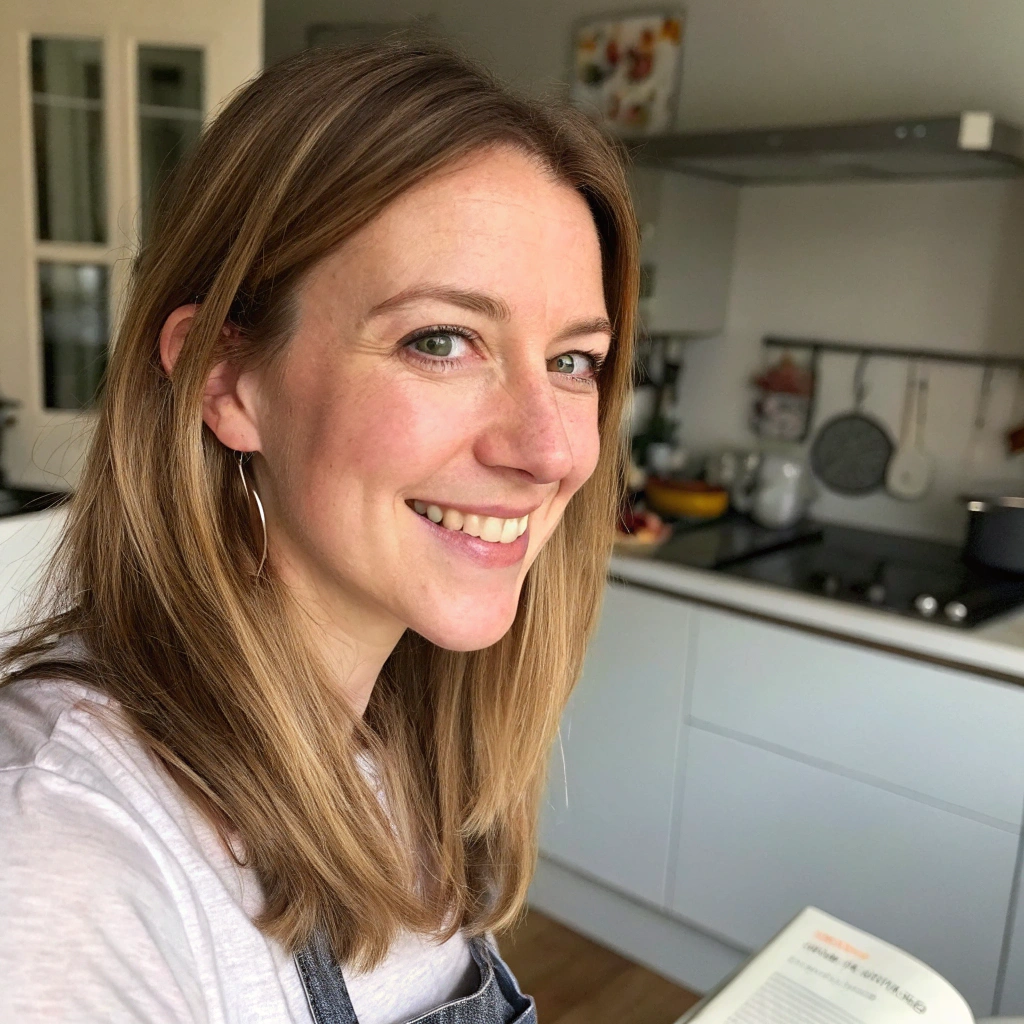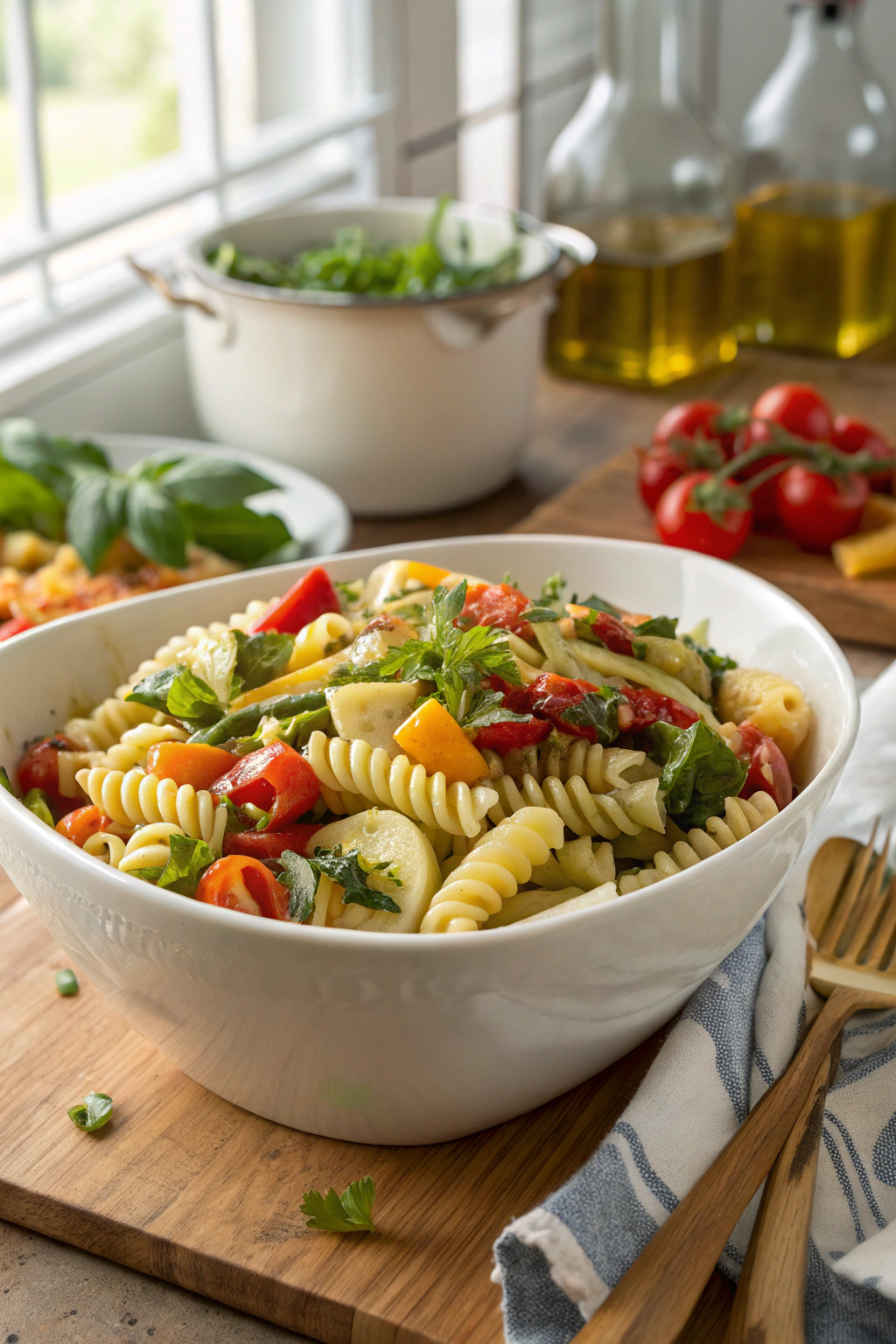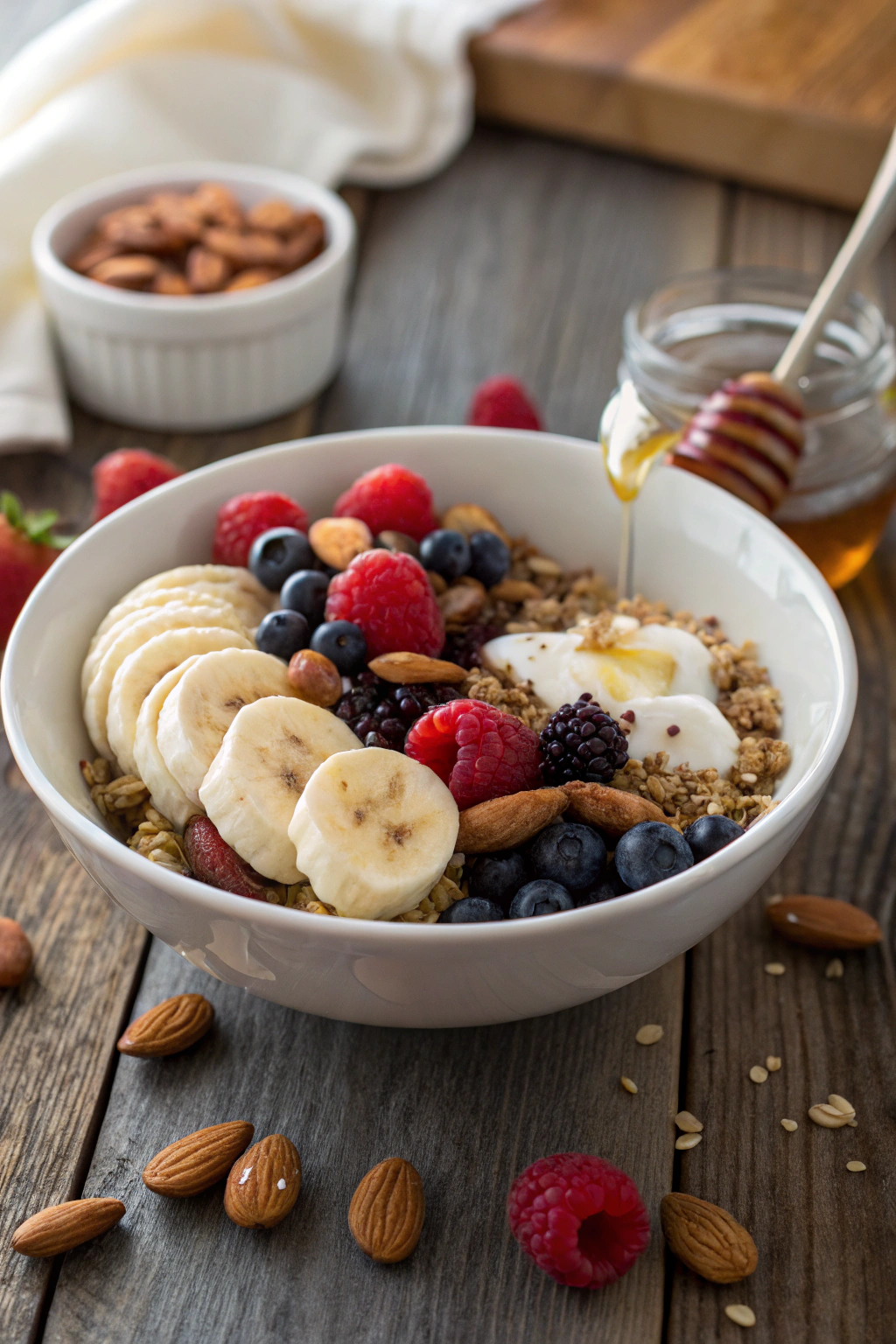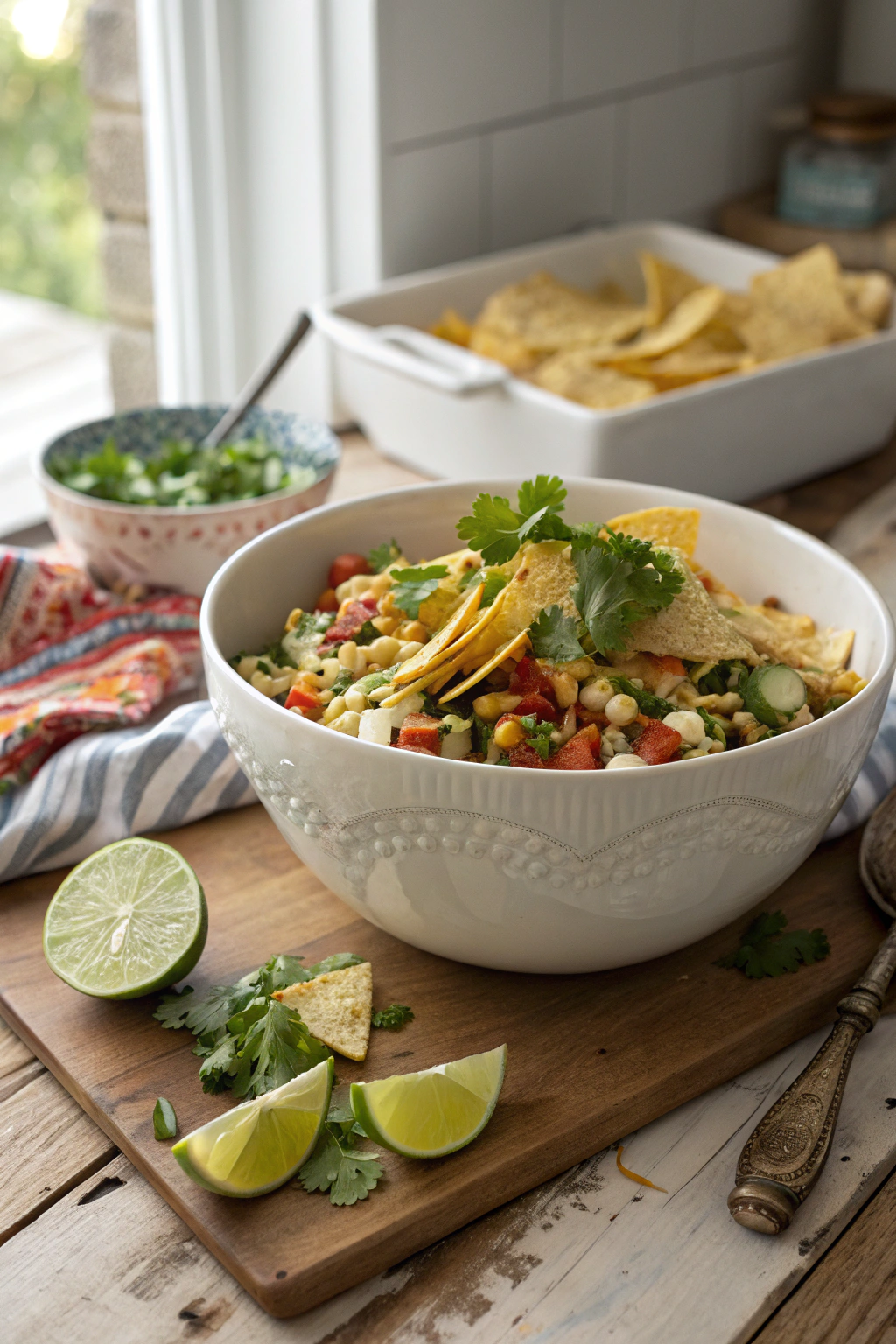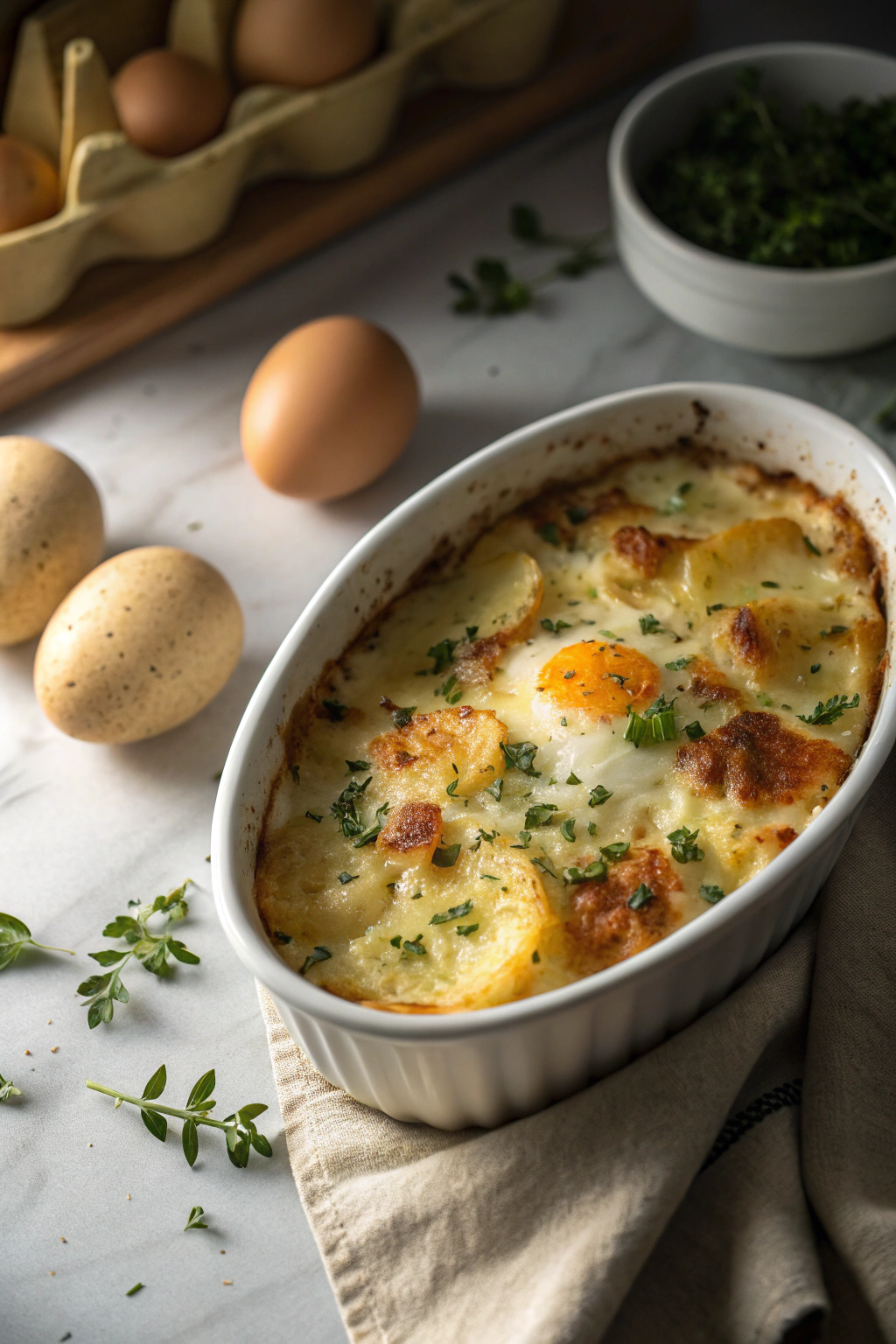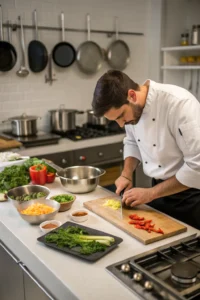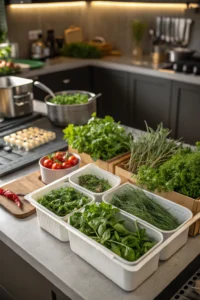Oh my goodness, you guys – let me tell you about my journey with cooking techniques! When I first started cooking (like, really cooking, not just microwaving frozen burritos), I was totally overwhelmed. But over the years, I’ve discovered that mastering basic cooking techniques is the real game-changer. Last weekend, while teaching my niece some fundamental cooking methods, I realized how far I’ve come from those early disaster days. Whether you’re trying to nail the perfect sear on a steak or just wanting to chop an onion without crying your eyes out, understanding these essential cooking techniques will transform your kitchen confidence.
Mastering Basic Cooking Techniques
Understanding Heat Control and Temperature
Y’all, let me share something I learned the hard way – cooking techniques are all about heat control! I remember burning countless pans of garlic (and driving my husband crazy with the smell) before finally getting it right. Here’s the deal: high heat isn’t always your friend. Think of your stovetop like a car – sometimes you need to cruise at medium speed, and other times you need to floor it. For searing meat, crank it up to high. But when you’re simmering a delicate sauce? Dial it way back. I keep a cheap infrared thermometer in my drawer (best $15 I ever spent!) to check pan temperatures. Trust me, once you master heat control, you’ll see your cooking techniques improve dramatically.
Knife Skills Every Home Chef Needs
Listen up, friends – nothing changed my cooking techniques more than learning proper knife skills! I used to be terrified of my chef’s knife (seriously, I’d use a tiny paring knife for everything). Now? I’m basically a veggie-chopping ninja! Start with the right grip – pinch the blade near the handle with your thumb and forefinger, other fingers wrapped around the handle. Keep those fingertips tucked under while holding food (I call it the “claw” – very fancy, right?). Practice your rocking motion with fresh herbs first. The key is letting the knife do the work – no need to muscle through it. Remember when I sliced through an entire butternut squash like butter? Total kitchen victory moment!
Mise en Place: The Secret to Organized Cooking
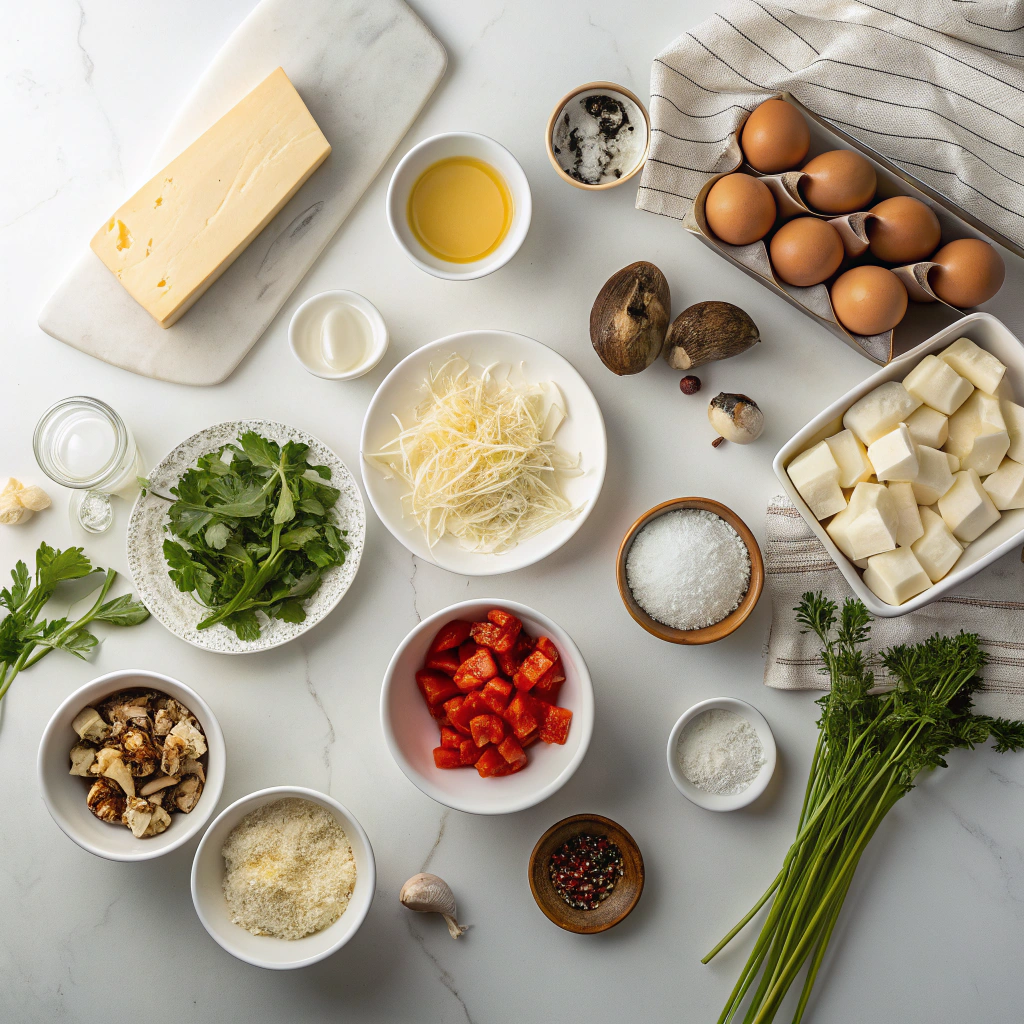
Can we talk about how mise en place revolutionized my cooking techniques? Okay, fancy French words aside, it just means “everything in its place” – but wow, what a difference it makes! Before I started prepping ingredients ahead of time, my kitchen looked like a tornado hit it. Now, I spend 10 minutes getting everything chopped, measured, and lined up before turning on the heat. Those little glass bowls you see on cooking shows? Total game-changers! Even basic cooking tasks feel more manageable when you’re organized. The other night, I whipped up a stir-fry in record time because everything was ready to go. No more realizing you forgot to chop the garlic mid-recipe!
Professional Cooking Methods Explained
Dry-Heat Cooking Techniques
Mastering cooking techniques starts with understanding dry-heat methods, which create those delicious browned flavors we all love. Roasting and baking transform simple ingredients through even, surrounding heat – think crispy-skinned chickens or perfectly golden cookies. I learned the hard way that proper temperature control makes all the difference!
Sautéing and stir-frying require quick movements and high heat. Remember to let your pan get nice and hot before adding food – that sizzle is your friend! Pan-searing is another essential cooking technique that creates an amazing crust on steaks and fish. I always pat my proteins dry first and season well with salt and pepper.
For the crispiest results when deep-frying, maintain steady oil temperature around 350°F. Don’t crowd the pan, or you’ll end up with soggy food instead of that perfect crunch.
Moist-Heat Cooking Fundamentals
Moist-heat cooking techniques rely on water, steam, or other liquids to gently cook food while keeping it tender. Poaching is perfect for delicate items like eggs, fish, or chicken – the water should barely simmer, not boil. My secret for poached eggs? Add a splash of vinegar to help the whites set properly.
Steaming preserves nutrients better than most cooking techniques and works wonderfully for vegetables and dumplings. I invested in a bamboo steamer basket years ago, and it’s still one of my favorite kitchen tools. Just make sure to check water levels frequently so your pan doesn’t run dry.
Braising combines initial browning with slow, moist cooking. This transforms tough cuts of meat into fork-tender dishes full of rich flavors.
Combination Cooking Methods
Some of the most flavorful dishes come from combining different cooking techniques in one recipe. Take pot roast – you start by searing to develop a flavorful crust, then switch to moist-heat braising to break down tough fibers. This one-two punch creates incredible depth of flavor.
Stewing follows similar principles but with smaller pieces of meat and more liquid. I love making hearty stews on chilly weekends, letting all those flavors meld together slowly. The key is patience – rushing these cooking methods never ends well!
For the tastiest results, remember that browning meat before adding liquid builds essential flavor foundations. Don’t skip this step, even if you’re tempted to just throw everything in the pot.
Time-Saving Cooking Techniques
One-Pan Cooking Strategies
Let’s talk about smart cooking techniques that will save you tons of cleanup time! Sheet pan dinners are my absolute favorite – I love arranging chicken, potatoes, and veggies all on one pan. The key is understanding how different ingredients cook. Start with items that take longest, like root vegetables, then add quicker-cooking proteins and tender veggies later. I’ve mastered these cooking techniques through lots of trial and error. One tip: line your pan with parchment paper for even easier cleanup. Last night, I made a Mediterranean-style dinner with lemony chicken thighs, cherry tomatoes, and asparagus all on one pan – it was delicious and cleanup took just minutes!
Batch Cooking for Busy Weeks
Mastering efficient cooking techniques for batch preparation has completely changed my weekly routine. I dedicate Sunday afternoons to prepping components that can mix and match throughout the week. Start by roasting several sheet pans of vegetables while simultaneously cooking grains and proteins. My go-to method involves preparing versatile basics like quinoa, grilled chicken, and roasted seasonal vegetables. These fundamental cooking techniques create building blocks for quick meals. I store everything in clear containers, making it easy to assemble fresh combinations each day. Pro tip: keep some components unseasoned so you can add different flavors throughout the week!
Quick-Prep Kitchen Shortcuts
Time-saving cooking techniques can make weeknight meals so much easier! I’ve learned some amazing shortcuts over the years that don’t compromise flavor. Pre-chopping aromatics like onions and garlic at the start of each week is a game-changer. Store them in airtight containers – they’ll stay fresh for days. Another favorite kitchen hack involves freezing fresh herbs in olive oil using ice cube trays. These simple cooking techniques help maintain flavor while cutting prep time significantly. When cooking rice, I always make extra to freeze in portion-sized bags. These little tricks add up to major time savings without sacrificing quality!
Modern Cooking Methods and Tools
Air Fryer Techniques for Perfect Results
Modern cooking techniques have evolved so much with air fryers becoming kitchen staples. The key to success is understanding how traditional cooking techniques translate to air frying. I’ve found that lightly spraying foods with oil helps achieve that perfect golden-brown finish. When adapting regular recipes, I typically reduce both temperature and cooking time by about 25%. Preheating your air fryer is essential – I give mine 3-4 minutes to heat up before adding food. Remember not to overcrowd the basket, as proper air circulation is crucial for even cooking. My family loves how I can quickly make crispy vegetables and perfectly cooked proteins with minimal oil!
Sous Vide Cooking at Home
Exploring precise cooking techniques like sous vide has revolutionized how I prepare certain foods. This method involves sealing ingredients in bags and cooking them in temperature-controlled water. The beauty of these cooking techniques lies in their consistency – you’ll never overcook a steak again! I started with simple proteins like chicken breasts and salmon, which are pretty forgiving. Temperature control is crucial – I recommend getting a reliable sous vide device with good reviews. For the best results, pat your proteins dry and give them a quick sear after sous vide cooking for that perfect finish.
Pressure Cooking Tips and Tricks
Modern pressure cooking techniques have come a long way from the scary stovetop models our grandmothers used. Understanding basic cooking techniques for your electric pressure cooker can transform tough cuts of meat into tender perfection in record time. I always start with the natural release method for meats to keep them juicy. One game-changing tip: saute aromatics using the pressure cooker’s built-in function before adding other ingredients. This layering of cooking techniques develops deeper flavors. Remember to account for pressure build-up time when planning meals – it’s not just about cooking time!
Start Your Cooking Journey Today
Practice These Techniques Weekly
Learning new cooking techniques takes time and practice, but the rewards are worth it. Start with one new method each week, building your skills gradually. I’ve watched countless home cooks grow from nervous beginners to confident kitchen pros. Join our community, share your progress, and learn from others’ experiences. Let’s make something delicious together!


